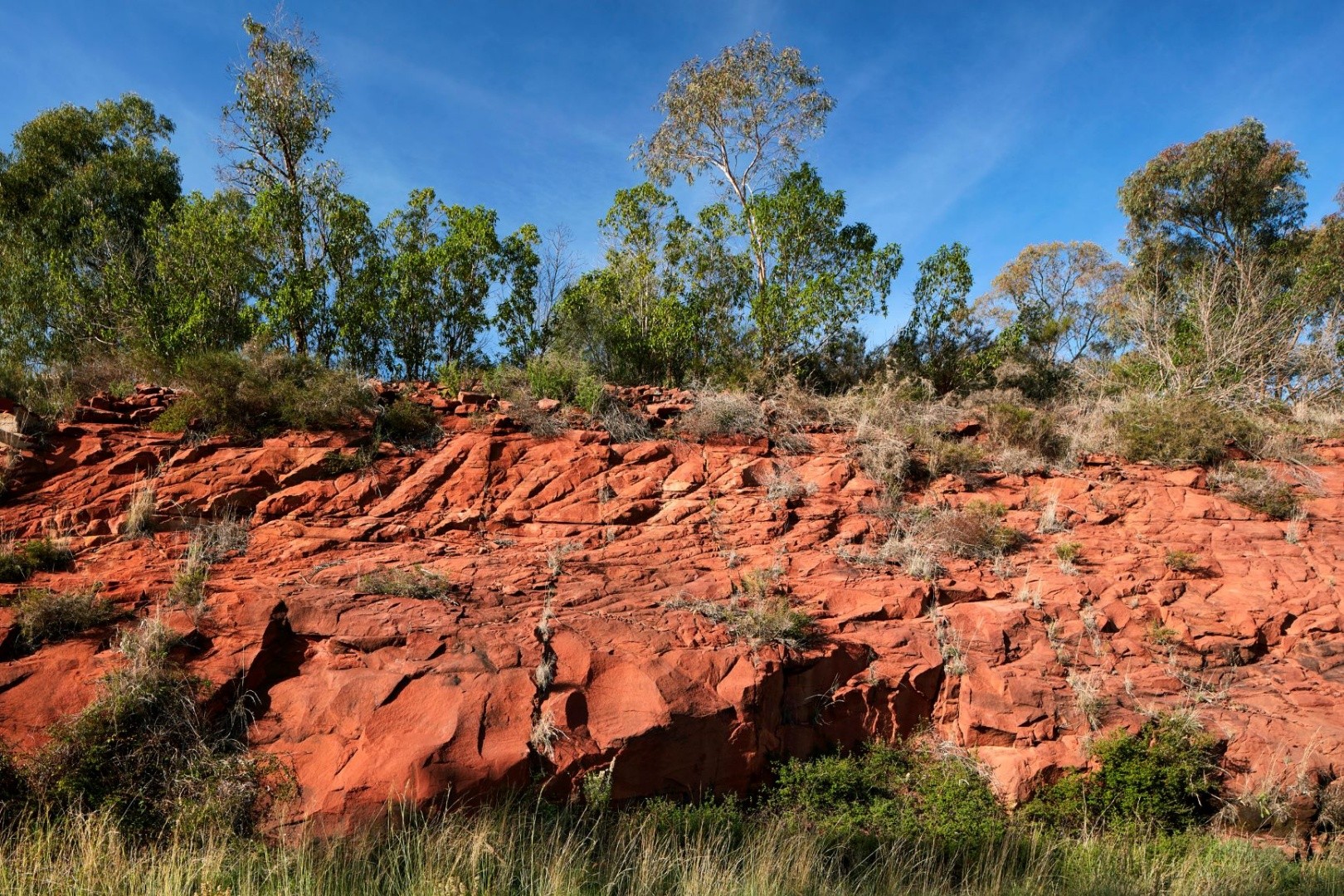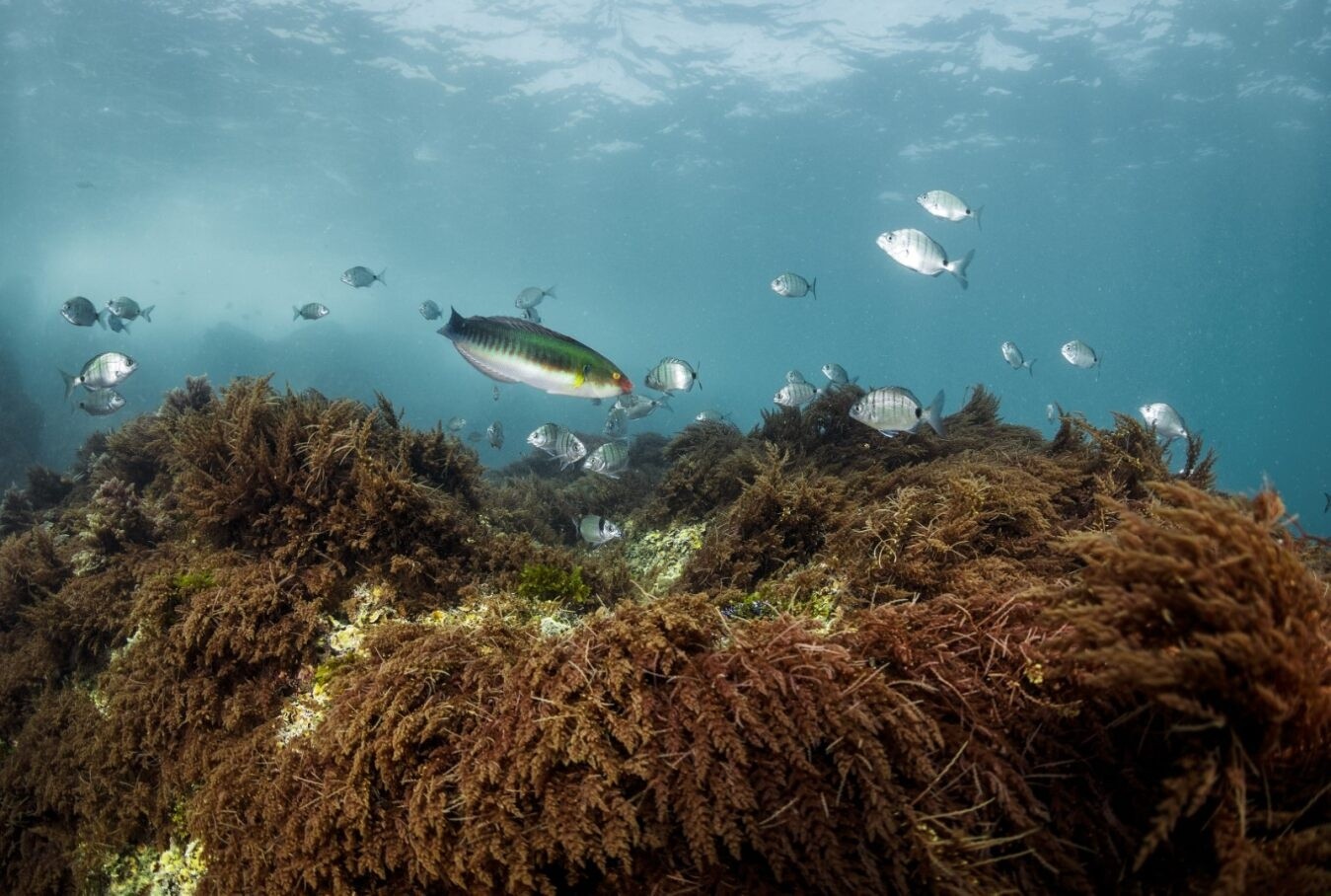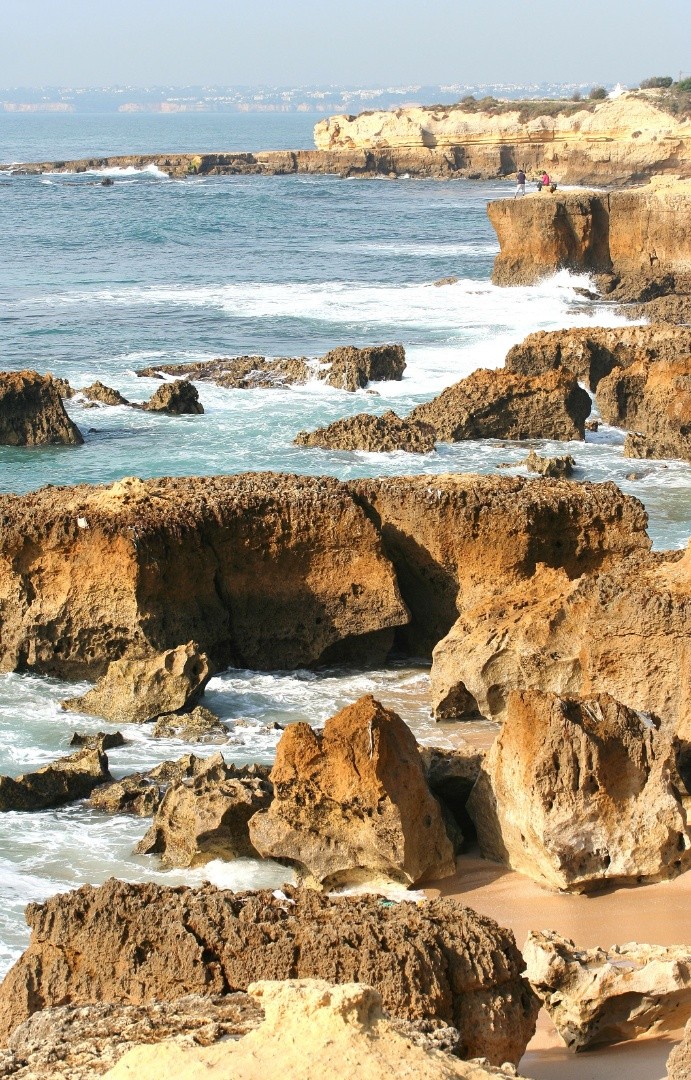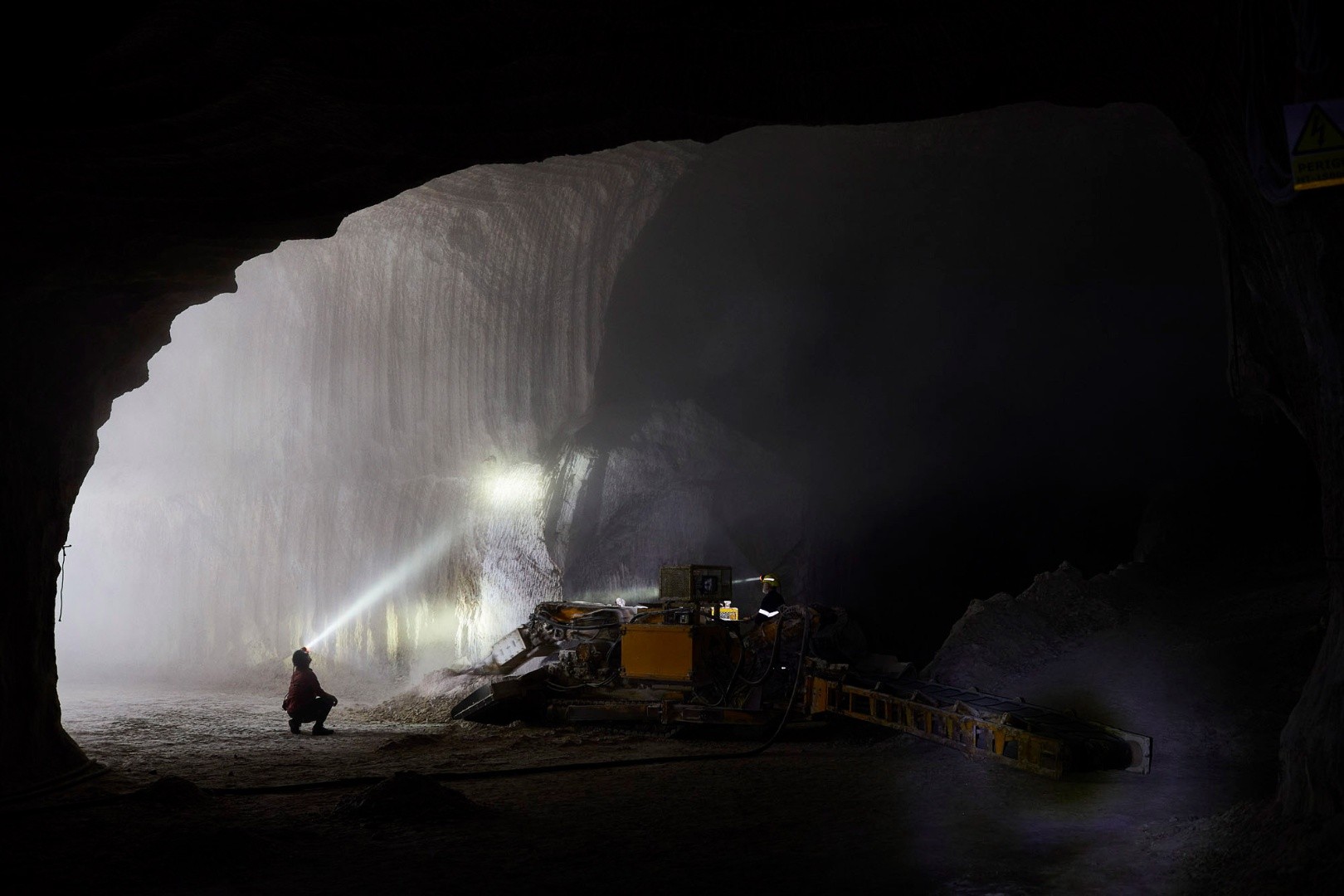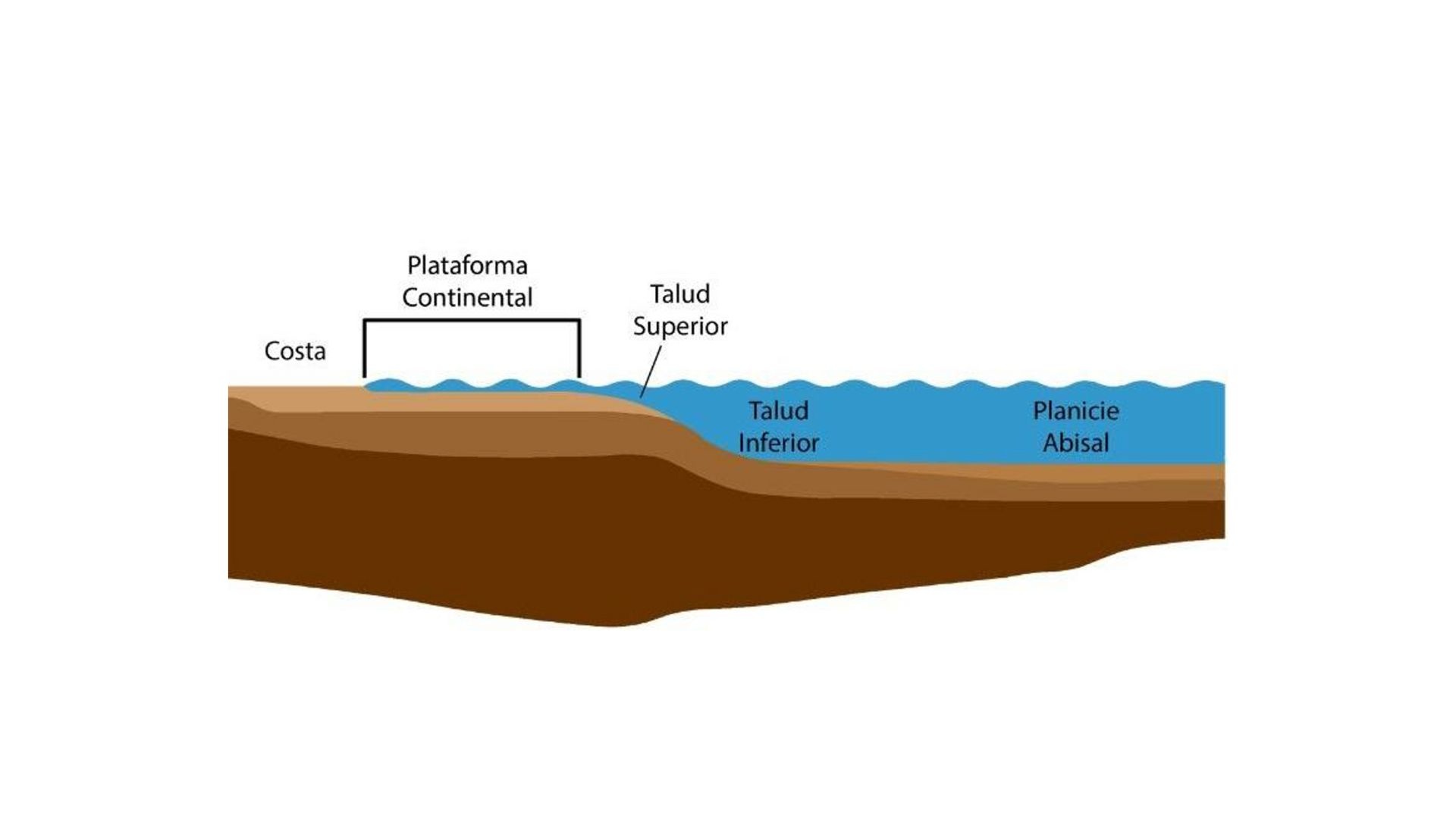Geological History
This medieval bridge across the Ribeira da Tôr, which flows along the Algibre Fault. This geomorphological feature, oriented east-west, represents a significant geological fault whose movements have influenced the evolution and geological history of the Algarve Basin and, by extension, the Algarvensis Geopark.
The current geometry of the Algibre Flexure is that of a reverse fault, where the hanging wall—composed of more recent Upper Jurassic limestone (163 to 145 million years old)—overlaps with Lower Jurassic limestone (201 to 174 million years old) due to fault movements. Also known as the Algibre Fault, this structure is a crucial component of the Algarve Basin, extending across the Algarve region from east to west.
During the extensional phases of the Algarve Basin during the Mesozoic, this structure acted as a normal fault, with a greater rate of subsidence occurring in the southern block. Later, during the Alpine tectonic inversion of the Algarve Basin in the Upper Cretaceous to Paleogene periods, the Algibre Fault functioned as a reverse fault, leading to the uplift of the hanging wall. These tectonic movements resulted in the contact between Upper Jurassic and Lower Cretaceous lithologies alongside dolomitic limestones from the Lower Jurassic in the footwall block of the Algibre Fault.
The fault is characterised by a narrow valley, featuring Pleistocene River terraces and evaporite injections along the fault plane, as observed in the Milhanes quarry.
Locality: Tôr




